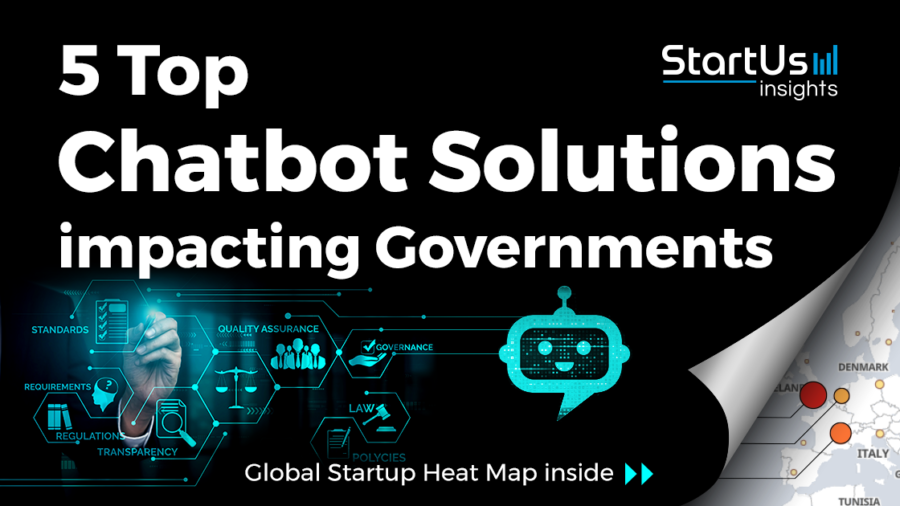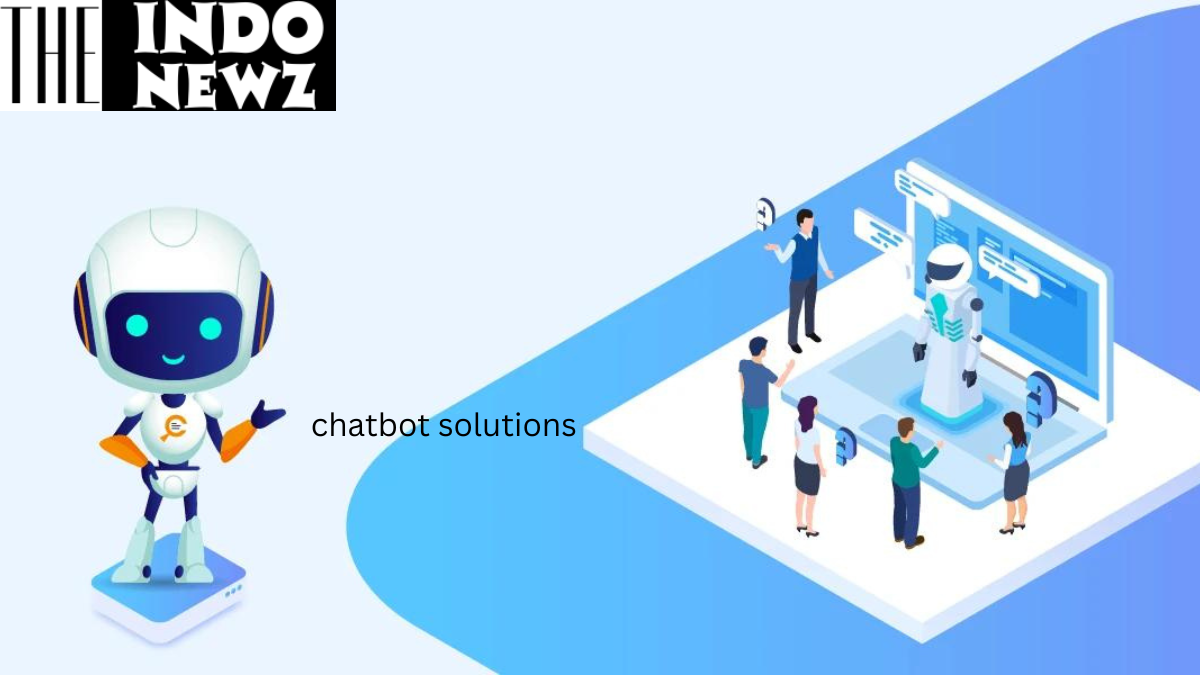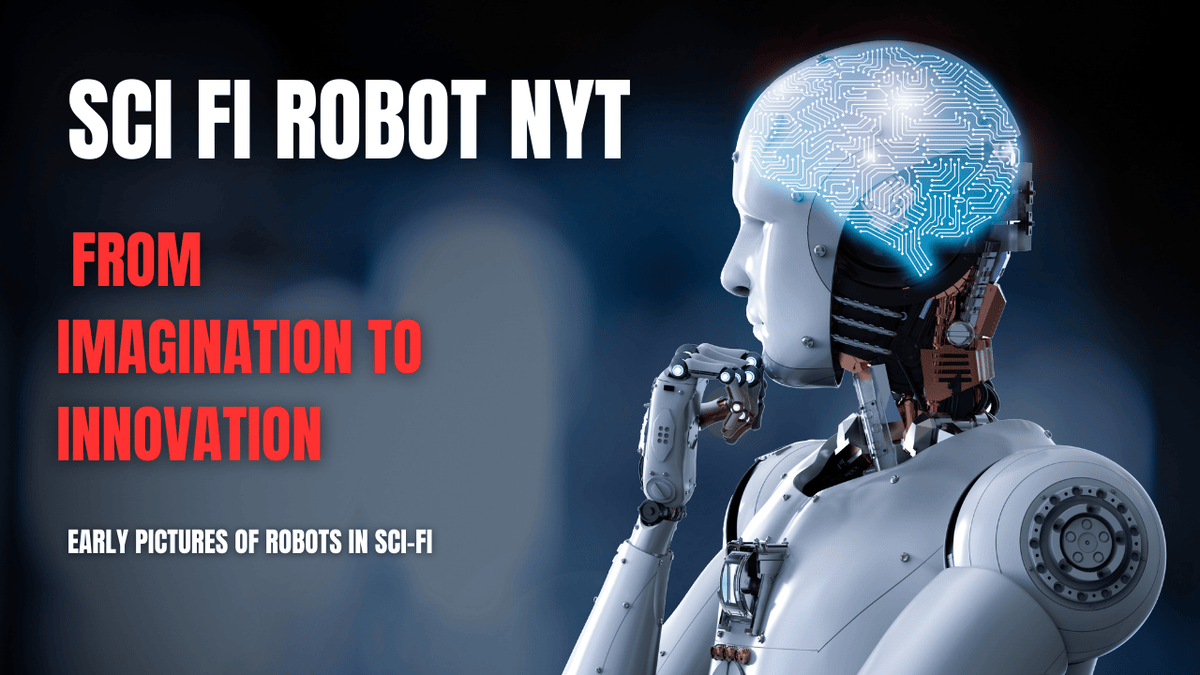Chatbots are rapidly becoming integral to modern business operations. As artificial intelligence (AI) and natural language processing (NLP) technologies advance, chatbot solutions are evolving, offering businesses smarter ways to engage with customers, streamline operations, and enhance service delivery. In this article, we’ll dive deep into various aspects of chatbot solutions, including their benefits, types, key features, implementation strategies, and future trends.
Chatbots have come a long way since their inception. Initially, they were basic systems designed to perform simple tasks or answer frequently asked questions. Today, they are sophisticated AI-driven tools capable of complex interactions and providing personalized experiences. This evolution has been driven by advances in machine learning, natural language processing, and big data analytics.
In essence, a chatbot is a software application designed to simulate human conversation through text or voice interactions. They are often deployed on websites, social media platforms, and mobile apps to assist users in real time. The core objective of chatbots is to streamline communication processes, reduce operational costs, and enhance user satisfaction.
Chatbots can range from simple rule-based systems to advanced AI-driven solutions. Rule-based chatbots operate based on predefined rules and responses, often leading to limited flexibility. On the other hand, AI chatbots leverage machine learning and NLP to understand and process natural language, making them more versatile and capable of handling complex queries.
The growing adoption of chatbots is fueled by their ability to provide instant responses, operate 24/7, and handle high volumes of interactions simultaneously. As businesses continue to seek ways to improve efficiency and customer engagement, chatbot solutions are emerging as a critical component of their digital strategy.
Benefits of Chatbot Solutions
Enhanced Customer Service

One of the primary benefits of chatbot solutions is their ability to significantly enhance customer service. Traditional customer service methods often involve long wait times and limited availability. Chatbots, however, can provide immediate responses to customer inquiries, ensuring that users get the information they need without delay.
This instantaneity is particularly valuable in today’s fast-paced world, where consumers expect quick and efficient service. Chatbots can handle multiple queries simultaneously, reducing the need for customers to wait in long queues or deal with busy signals.
Moreover, chatbots can offer 24/7 support, eliminating the limitations of business hours. This round-the-clock availability means that users from different time zones or those who need assistance outside regular hours can still receive help, enhancing overall customer satisfaction.
Cost Efficiency
Implementing chatbot solutions can lead to significant cost savings for businesses. Traditional customer service departments often require a large team of representatives to manage customer interactions, which can be expensive in terms of salaries, training, and overhead costs.
Chatbots, on the other hand, can handle a large volume of interactions without the need for continuous human oversight. This reduces the need for a large customer service team and allows businesses to allocate resources more efficiently.
Additionally, chatbots can automate routine tasks, such as answering frequently asked questions, processing simple transactions, and providing information. This automation not only saves time but also reduces the potential for human error, further contributing to cost efficiency.
Improved Customer Engagement
Chatbots offer a unique opportunity to enhance customer engagement by providing personalized experiences. Advanced chatbots use AI and machine learning algorithms to analyze user data and tailor interactions based on individual preferences and behaviors chatbot solutions .
For instance, a chatbot can recommend products or services based on a user’s past purchases or browsing history, creating a more personalized shopping experience. This level of personalization can lead to higher customer satisfaction and increased loyalty.
Furthermore, chatbots can engage users through interactive elements, such as quizzes, surveys, and games. These interactive features can capture users’ attention and encourage them to spend more time interacting with the brand.
Types of Chatbots
Rule-Based Chatbots
Rule-based chatbots, also known as decision-tree chatbots, operate based on a set of predefined rules and responses. These chatbots follow a structured path, where they can only respond to queries for which they have been explicitly programmed chatbot solutions.
Rule-based chatbots are often used for straightforward tasks, such as answering common questions or guiding users through a specific process. While they are limited in their ability to handle complex interactions, they can be effective in handling routine inquiries and providing consistent responses.
One advantage of rule-based chatbots is their simplicity and ease of implementation. They do not require advanced AI or machine learning capabilities, making them a cost-effective solution for businesses with basic needs chatbot solutions.
AI-Powered Chatbots
AI-powered chatbots, also known as conversational AI or intelligent chatbots, leverage machine learning and natural language processing to understand and respond to user inputs. Unlike rule-based chatbots, AI chatbots can handle more complex interactions and provide more nuanced responses.
These chatbots are designed to learn and adapt over time. As they interact with users, they analyze patterns in the data and use this information to improve their responses. This learning process allows AI chatbots to handle a wider range of queries and provide more personalized interactions.
AI-powered chatbots are particularly useful for businesses that require advanced capabilities, such as understanding context, managing multiple conversation threads, or providing in-depth assistance. They can offer a more dynamic and engaging user experience compared to rule-based chatbot solutions.
Hybrid Chatbots
Hybrid chatbots combine elements of both rule-based and AI-powered chatbots. This approach allows businesses to leverage the simplicity of rule-based systems for straightforward tasks while using AI capabilities for more complex interactions.
Hybrid chatbots are often designed to handle routine queries using predefined rules while escalating more complex issues to AI algorithms or human agents. This combination ensures that users receive accurate and timely responses for simple inquiries while still benefiting from advanced capabilities when needed.
The flexibility of hybrid chatbots makes them a popular choice for businesses looking to balance cost efficiency with advanced functionality. They offer a practical solution for organizations with varying needs and can be tailored to suit specific use cases chatbot solutions chatbot solutions.
Key Features of Effective Chatbots
Natural Language Processing (NLP)
Natural Language Processing (NLP) is a crucial feature of effective chatbots. NLP enables chatbots to understand and interpret human language, allowing them to respond in a way that feels natural and intuitive.
NLP involves several components, including language understanding, language generation, and context awareness. These components work together to enable chatbots to process user inputs, generate relevant responses, and maintain context throughout the conversation.
Advanced NLP capabilities allow chatbots to handle a wide range of queries, understand different phrasing and variations, and provide accurate and meaningful responses. This makes interactions with chatbots more seamless and user-friendly.
Contextual Understanding
Contextual understanding is another essential feature of effective chatbots. It refers to the chatbot’s ability to remember and utilize information from previous interactions to provide more relevant and coherent responses.
Contextual understanding enables chatbots to maintain the flow of conversation, recognize user intent, and tailor responses based on the context of the interaction. For example, if a user inquires about a product and then asks about its availability, the chatbot should be able to recall the previous query and provide a relevant response.
This feature enhances the overall user experience by making interactions feel more personalized and engaging. It also allows chatbots to handle more complex queries and provide more accurate assistance.
Integration Capabilities
Integration capabilities are crucial for effective chatbot solutions, as they enable chatbots to interact with other systems and platforms. This includes integration with customer relationship management (CRM) systems, databases, messaging platforms, and other business tools.
By integrating with these systems, chatbots can access and utilize data from various sources to provide more comprehensive and accurate responses. For example, a chatbot integrated with a CRM system can retrieve customer information and offer personalized support based on the user’s history.
Integration capabilities also enable chatbots to perform a range of tasks, such as processing transactions, updating records, and triggering automated workflows. This enhances the functionality of chatbots and allows them to contribute more effectively to business operations chatbot solutions.
How to Implement Chatbot Solutions
Assessing Your Needs
The first step in implementing a chatbot solution is to assess your needs and objectives. This involves identifying the specific tasks or processes you want the chatbot to handle, as well as the goals you aim to achieve.
Consider factors such as the volume of customer interactions, the complexity of queries, and the desired level of automation. This assessment will help you determine the type of chatbot that best fits your requirements, whether it’s a rule-based system, an AI-powered chatbot, or a hybrid solution.
Additionally, define the key performance indicators (KPIs) you will use to measure the success of the chatbot implementation. These KPIs could include metrics such as response time, customer satisfaction, and resolution rates.
Choosing the Right Technology
Once you have a clear understanding of your needs, the next step is to choose the right technology for your chatbot solution. This involves selecting a chatbot platform or framework that aligns with your requirements and budget chatbot solutions.
There are various chatbot platforms available, each offering different features and capabilities. Some platforms are designed for ease of use and require minimal technical expertise, while others offer more advanced functionalities and customization options.
Evaluate the platforms based on factors such as ease of integration, scalability, support, and cost. Consider whether you need a hosted solution or if you prefer to build
YOU MAY ALSO READ


